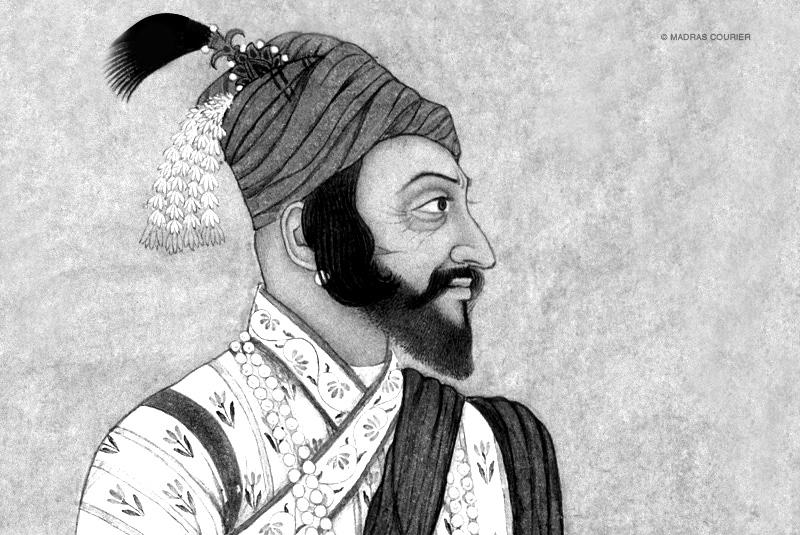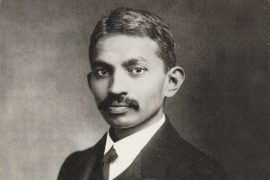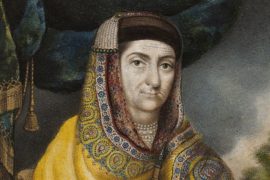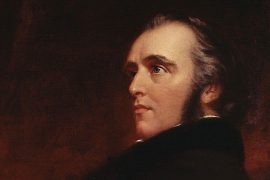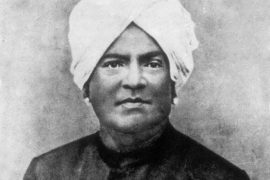It has been 380 years since the birth of Chhatrapati Shivaji, and a proposed statue of his is set to become the world’s tallest, at a cost of half a billion dollars. It has been called “colossal and absurdly expensive” extravagance in a country with millions living in dire poverty. The reason is not difficult to decipher – he is popular with Hindu nationalists who believe that he fought against an Islamic Mughal empire and established an “ideal Hindu kingdom”. Centuries after his death, Lokmaya Tilak, one of the nationalists of the freedom struggle, is credited with raising Shivaji, a Maratha chieftain, to the status of a national icon.
The narrative always placed him in contrast to Aurangzeb – the most controversial Mughal emperor. Aurangzeb is vilified for ending the patronage of arts started by his grandfather Akbar, re-imposing the Jizya tax on non-Muslims and the alleged wanton destruction of temples.
However, history tells us that the realities of identity are not as black and white. Shivaji began his career as a raider from a small dynasty of three generations. He was not averse to an alliance with the Mughals against the kingdom of Bijapur – who were once his own patrons. His final empire, which spanned 4.1 percent of the subcontinent (80,0467 square kilometers) relied on heavy taxes and extortion money called Chauth.
Aurangzeb inherited a financial situation that demanded fiscal rebalance – through the imposition of taxes, de-patronage of arts and borrowing of money (from Jain bankers). Shivaji’s story begins two generations before his birth, with several pots of gold.
Copyright©Madras Courier, All Rights Reserved. You may share using our article tools. Please don't cut articles from madrascourier.com and redistribute by email, post to the web, mobile phone or social media.Please send in your feed back and comments to [email protected]

